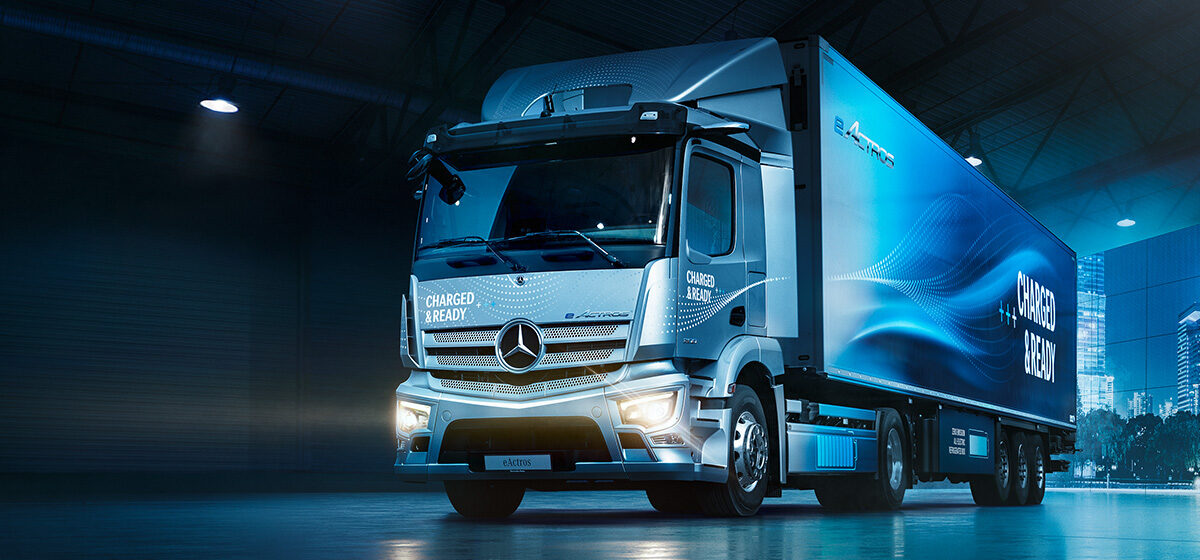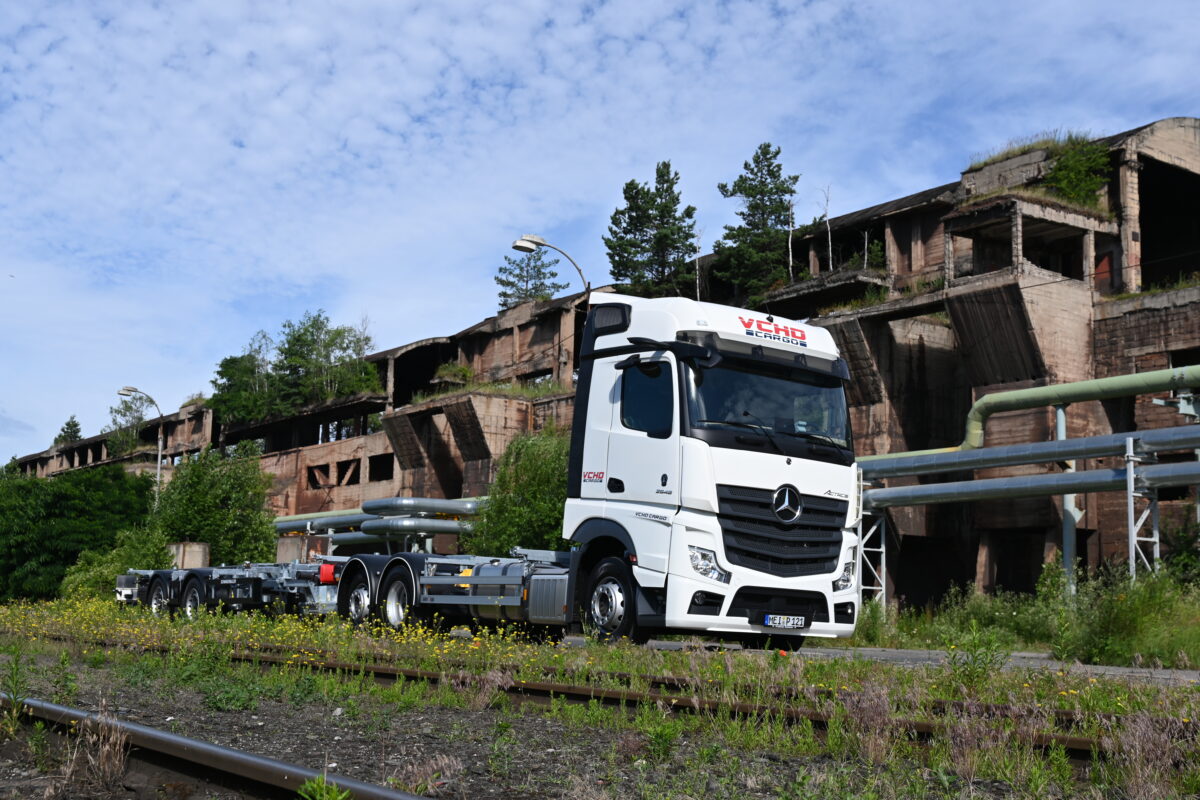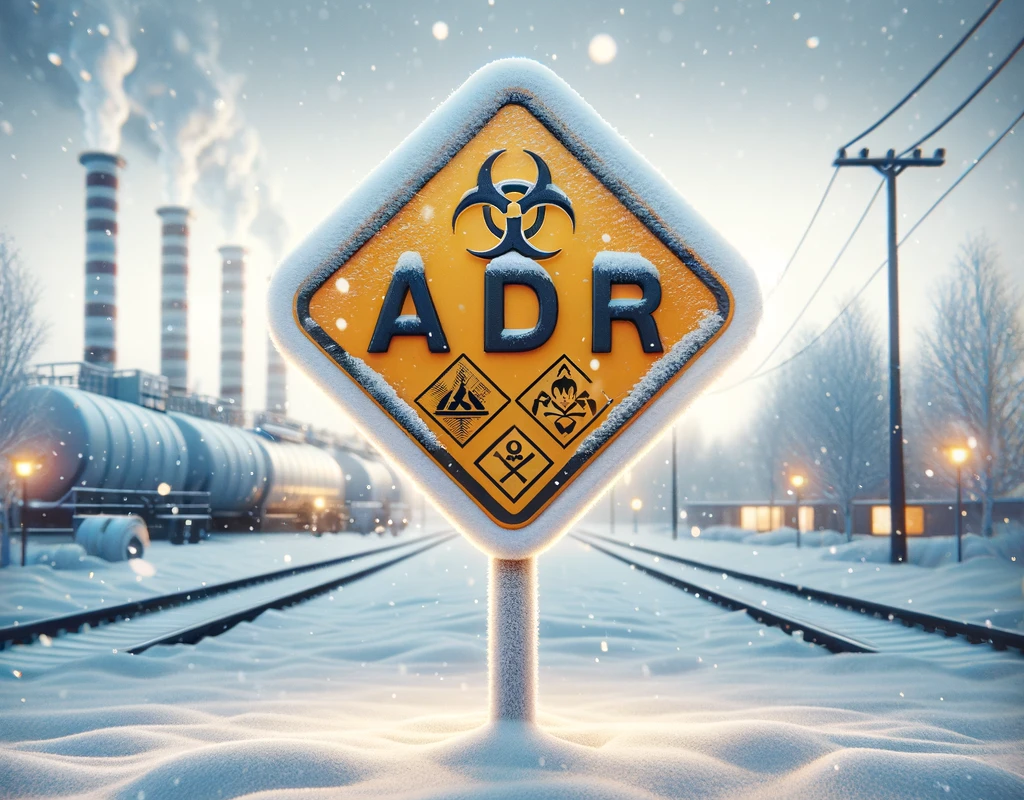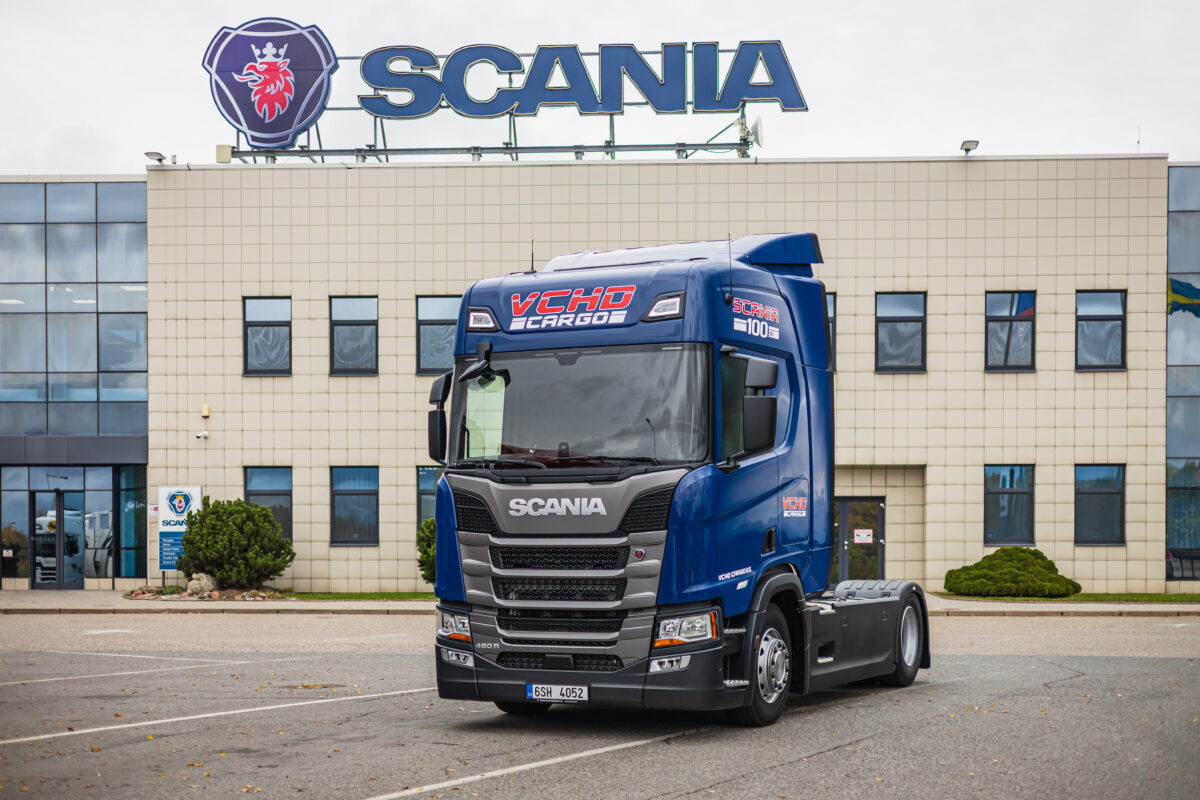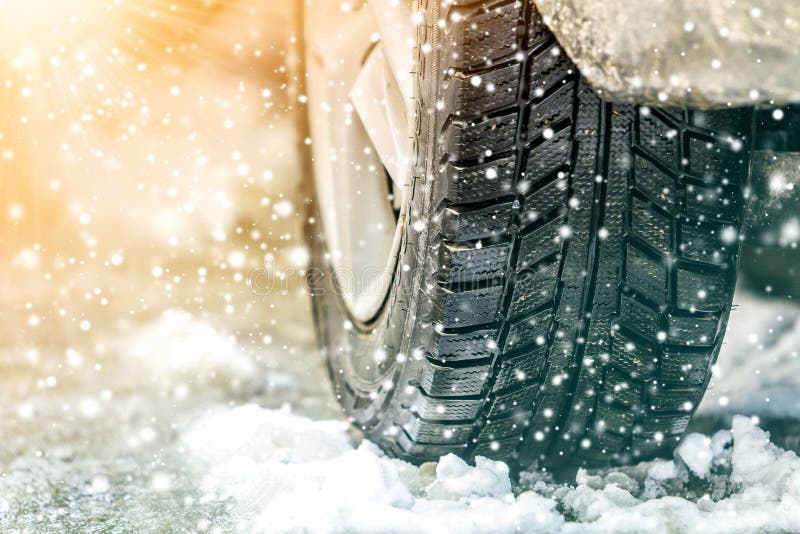The international transport company VCHD Cargo has published the results of testing the eActros electric truck from Mercedes-Benz. The tests revealed a range of 200 kilometers for a setup with two swap bodies on a single charge, a charging time of 45 minutes from 20% to full battery, and a pleasant user experience.
VCHD Cargo operates a fleet of over 220 conventional drive vehicles. However, with a view toward the future of European transport, the company is open to new alternatives and seeks ways to implement low-emission and zero-emission transport solutions. It has already tested an LPG truck and this year tested the flagship of Mercedes-Benz’s zero-emission technology—the eActros 300 L.
The eActros 300 L (6×2) truck, with a 330 kW engine and a gross weight of 27,000 kg, is designed for cargo transport with swap bodies. It features an 8-ton steered lifting axle for connecting up to two swap bodies in tandem. The eActros was tested in a version with three high-voltage lithium-ion batteries, each with an installed capacity of approximately 112 kWh. The tested model was equipped with air distribution system heating (APU/EAPU), trailer brake, and various assist systems, including trailer stability assist (TSA), lateral stability assist, distance control assist, turn assist, active brake assist, and tilt control assist. The standard Multimedia Cockpit dashboard and MirrorCam system, low cabin noise levels, and low vibrations (as there is no engine under the cabin) help reduce driver stress. The manufacturer positions the eActros for heavy distribution transport in urban environments, with a stated range of up to 330 km, though this can vary depending on factors like topography, driver behavior, external temperature, load, and body type.
VCHD Cargo deployed the 27-ton eActros on a customer-requested regular domestic route. The truck operated as a tandem setup with two swap bodies between two warehouses approximately 65 kilometers apart. It transported heavy electrical industry products, impacting the vehicle’s actual range. The truck was scheduled to cover the 130 km round trip twice a day, totaling 2 x 130 km and requiring two recharges per day. Charging from 20% battery capacity at a truck charging station took about 45 minutes each time. “Our experience with the tested eActros model was generally positive. We tested it in colder weather and with a heavy load, which reduces battery life per charge,” said Ing. Petr Kozel, CEO and Chairman of the Board of VCHD Cargo, adding, “We were satisfied with the driving characteristics and technical features, which are comparable to conventional vehicles.” VCHD Cargo also appreciated the high driver comfort and numerous safety features available as standard. “However, deploying such vehicles in regular operations still depends on whether transport customers are prepared to cover the increased costs associated with acquiring and operating such zero-emission technology,” concluded Petr Kozel.

